Does your child seem afraid of you? Do they tend to avoid you? Then they may have developed a form of insecure attachment style called disorganized attachment.
What is disorganized attachment?
Also known as the disoriented attachment and fearful-avoidant attachment, it is a type of attachment style where a child is fearful of their caregivers even though the child is physically & emotionally dependent on them. The caregivers act as a source of fear or distress for the child. According to a 2019 study, kids with this attachment style fail to exhibit any consistent behavioral pattern as a reaction to separation from and return to their primary caregiver, for instance, their mother. The child may become confused by the separation, be inconsolable, annoyed and throw tantrums. When their parent returns, the child may simultaneously be avoidant and seek proximity with the caregiver.
According to a 2018 study, this attachment style is seen as “fright without solution,” which means that the child is conflicted in their desire and need, whether to approach their parents for support or runaway and avoid their caregivers as the child is frightened of them when facing a strange or stressful situation.
Related: Disorganized Attachment Style: Why It Is The Most Insecure Form Of Attachment
Attachment & fearful-avoidant behavior
Here, attachment refers to an emotional bond or connection we develop with our primary caregiver or parents as an infant. Attachment styles refer to specific behaviors an infant and caregiver displays in the relationships, particularly when facing threatening situations. The concept of attachment and associated styles are based on the attachment theory devised by British psychiatrist John Bowlby and American psychologist Mary Ainsworth. Our attachment styles with our primary caregivers often determine our ability to form intimate relationships with others as adults. According to the attachment theory, secure attachment styles enable us to seek support and share our emotions openly. However, when we develop insecure attachment styles, we may become avoidant, needy or manipulative in our relationships. Children with disoriented attachment are unable to see their parents as a secure base from where they can explore their environment and return to as their safe haven when distressed.

When a caregiver fails to address the child’s needs or is unable to be consistent in their response, the child can develop disorganized attachment as there is no secure and safe base for the infant. Hence, although the child may be affectionate towards their primary caregivers, the child is afraid of them as well. He/she is also continuously confused about how his/her parents will respond to their basic needs. The child may feel compelled to seek security and support from people they are afraid of. Further research shows that John Bowlby believed “disorganization results from threat conflict, safe haven ambiguity, and/or activation without assuagement, which interfere with coordination and integration across a behavioral system.”
Related: The Attachment Theory: How Childhood Attachment Affects Adult Relationships
Features of disorganized attachment
Here are some of the most common features of disoriented or fearful-avoidant attachment style observed in children and adolescents –
- Contradictory behavior patterns
- Misdirected, undirected, interrupted or incomplete movements
- Asymmetrical or anomalous postures
- Freezing, stilling, and slowed movements and expressions
- Apprehension regarding the caregiver
- Seek love and comfort from caregivers but also frightened of them
- Display unexplainable or abnormal behaviors
- Trouble with self-soothing or self-care practices
- Difficulty trusting others, especially romantic partners
- Inability to be emotionally vulnerable around other people
- Denial or repression of emotions
- Failure to establish personal boundaries
- Strong feelings of insecurity
- Unable to start or keep meaningful interactions
- Chaotic relationship patterns
- Discomfort with both distance and closeness from others
- Rigidity, uncontrollable emotions and repetitive behaviors
Apart from these, some other common signs of disorganized attachment style may include –
- Need for close bonds but feels discomfort with emotional closeness
- Lack of emotion regulation, especially negative emotions
- Negative or pessimistic perspective about self, loved ones and partners
- Low self-esteem, insecure, negative self-image & poor social skills
- Erratic, aggressive, oppositional and disrupted behavior
- Lack of behavioral & attentional strategy for stress management
- Fear of parents or caregivers in childhood or romantic partners in adulthood
- Severe anxiety and/or depression
- Intrinsic feelings of shame and guilt
- Intense fears of abandonment or rejection
- Increased likelihood of experiencing stress in childhood
- Mixed or confronting emotions about intimate relationships
- Higher risks for development of dissociative disorders and trauma-related conditions like post-traumatic stress disorder (PTSD)
- Lack of comfort with expressing emotions and love
- Consider self unworthy & inadequate of affection or responsiveness
Related: 5 Signs Of Unhealthy Attachment In Relationships
How it develops
This attachment style develops due to the perceived fear the child has of their primary caregivers. This can be a result of childhood abuse or trauma. A child is subconsciously aware that they are dependent on their parents or caregivers for their survival and safety. However, as their source of security and safety becomes a source of fright, the child becomes fearful and avoidant. As the parent responds in a highly unpredictable and contrasting manner, the child is left confused about whether or not the caregiver will fulfill their needs. They may also become worried about their own safety.
This fear typically develops due to abuse, which may be directed towards the child or towards another family member. Witnessing the attachment figure abusing another individual can also lead to trauma in the child. This can cause the loss of trust in the caregiver and the child becomes unable to depend on their caregiver for their basic needs. It can severely affect the behavior of the child towards their parents as they may seek proximity yet remain afraid and avoid their parents out of fear.

A child may display fearful-avoidant behaviors if their mothers are frightening, intrusive, negative, and hostile. However, mothers who are helpless, passive, or refuse comforting behaviors and show emotional neglect can also facilitate the development of disorganized behavior patterns. Other such negative behaviors from caregivers may include –
- Ignoring the child’s needs or cries for long durations, but responding to them at times
- Mocking or laughing when the child is crying, afraid or distressed
- Shouting or commanding the infant to stop crying
- Caring for the child for a brief moment, then intimidating or yelling at them after losing patience
Related: What Does It Mean to Have an Insecure Attachment Style?
What causes fearful-avoidant behavior
“Disorganized attachment involves frightening and violent behaviors from parents or caregivers and is, therefore, more common with families suffering from combined or distinct problems of child abuse, domestic violence, and family instability,” explains a 2012 research paper. Disorganized and insecure attachment styles result in difficulty with emotion regulation. As the child is not properly soothed by their parent(s) when they are distressed, they tend to develop unhealthy means to cope with distress. The child has no consistent or specific strategy to overcome their distress. They display paradoxical and unpredictable behavior patterns driven by confusion or fear.
Research shows that disoriented attachment is often observed in individuals who have experienced traumatic and adverse experiences, emotional neglect, or abuse in their childhood from their primary caregivers or parents. Further research reveals that “nearly 80% of maltreated infants have disorganized attachment.” The researchers add that children with this attachment style are more likely to suffer from stress, face difficulties with negative emotion regulation, have coercive interaction styles, and display aggressive or hostile behaviors. Studies have found that around 15% of children in typical middle-class families tend to develop fearful-avoidant attachment behavior.
Studies have also found that this attachment style can start to develop when an infant is 18 months old, depending on the behavior of the mother. “Pervasively abusive parenting can leave children disorganized and ineffective both in self-sufficiency, and with relationships, and without empathy,” states a 2007 study. This can lead to unsuccessful attempts at independence and higher chances of criminality.
Related: How To Cut Etheric Cords and Release Toxic Emotional Attachments
How disorganized attachment affects us
A child with such attachment patterns may appear stressed and anxious. The child becomes insecure, needy and clingy, craving attention constantly in relationships, from their parents as a child and from their partners as an adult. However, when they receive the desired attention, they may react in a negative manner and become frightened, doubtful, avoid them, or start crying. Studies show that kids with disorganized attachment become distressed in the absence of their parents but continue to remain distressed upon their return or arrival. Unfortunately, parents who share this attachment style with their children typically respond to their child’s distress in an unfavorable way, and lack the required soothing and calm temperament. Moreover, they can also exhibit mixed emotions towards their child’s emotional and physical needs.
Attachment enables us to build connections with our parents and build relationships as adults. Unfortunately, people with disorganized or disoriented attachment tend to develop insecure connections and have highly inconsistent behavior. They have difficulty trusting others and may develop certain mental conditions, such as anxiety, depression, post-traumatic stress symptoms, borderline personality disorder (BPD) and substance abuse. This style of attachment is also associated with the development of psychopathology. One 2016 study has found that people with such insecure attachment are more likely to develop personality disorders (PDs), like borderline, antisocial and histrionic personality disorders. Studies also show that children with fearful-avoidant attachment have maladaptive behavior patterns and externalizing behavior problems.
Related: How Parents Cause Mental Health Problems In Children
Effect on relationships in adulthood
Disorganized attachment styles can negatively affect a person’s relationships in their adulthood. As the person has experienced fearful-avoidant attachment from their childhood, they follow similar patterns in their adult lives. Their intimate relationships become riddled with irrationality as they have a strong desire to feel loved and love their romantic partner, yet they remain too fearful of closeness with anyone. This is their way of protecting themselves as they are wired to believe that loved ones will abuse and hurt them. According to a 2017 study, people who are avoidant in relationships tend to have negative views of their intimate partners. “Avoidant people strive to create and maintain independence, control, and autonomy in their relationships because they believe that seeking psychological/emotional proximity to romantic partners is either not possible or undesirable,” explains the study. As a result, these individuals utilize certain distancing & coping strategies to protect themselves from getting hurt.
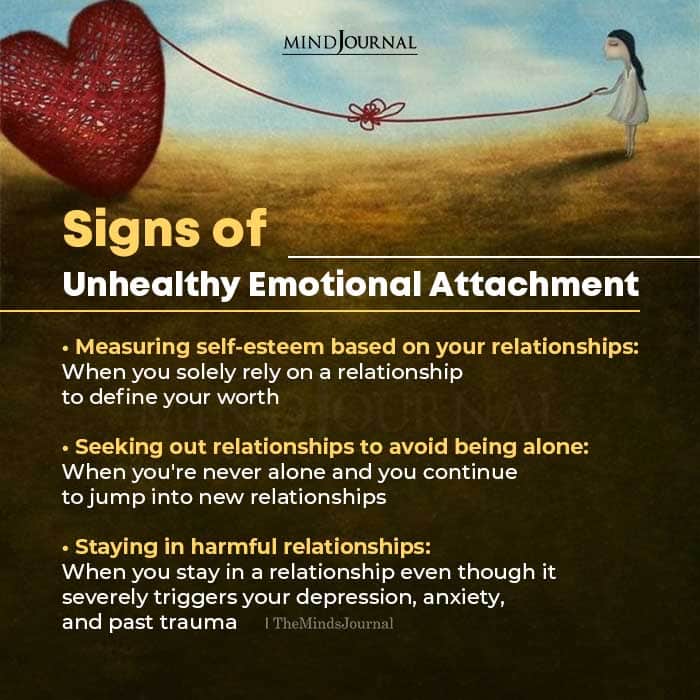
An adult individual with disorganized or disoriented attachment avoids intimacy & proximity, even if they may seek close relationships. In romantic relationships, they expect disappointment, rejection, abandonment and emotional pain as part of the deal and hence, tend to become insecure, needy and doubtful. They may be afraid of emotional intimacy even when that is exactly what they want. Even in their adulthood, they believe that their partners or the attachment figure cannot be trusted and will respond to their needs in an unpredictable manner. They find it hard to believe that their partner can actually be loving, caring and supportive and this attitude can lead to self-sabotaging behaviors leading to multiple failed romantic relationships or even friendships. They themselves turn their distorted perceptions into reality even when their partners are truly loving. Disorganized adults tend to be pessimistic and have negative views of themselves, other people and the world. Hence, it can also negatively affect their social skills and interactions as well.
Related: How Your Attachment Style Affects Your Relationship
Coping with disorganized attachment style
If you or your child has a fearful-avoidant attachment style, then life can be seriously challenging. You may want to connect with others but you don’t know how to and your fear keeps you from learning ways to build healthy relationships. Not only can it affect your intimate relationships and social interactions, it can even lead to serious mental health problems in the long run. Moreover, being in a relationship with a person with this attachment style can also be difficult as they lack trust and behave unpredictably.
However, there are ways to heal and change your attachment style. The most effective and prominent way to start your healing journey is to consult and talk to a therapist. Research shows that psychotherapy can significantly help in changing attachment patterns. Psychotherapy or talk therapy can help you identify your negative thought and behavior patterns and teach you ways to develop healthy ways to build better connections. A therapist will listen to you in a non-judgmental, calm and accepting way in a safe place. But it is important that you trust your therapist.
The therapist may also work with the attachment figure, parents, partners and other family members to help you build positive attachments in your family. They will equip you with necessary tools to remove negative behavior patterns and relate more closely with your loved ones. In case of a child, the therapist may help the caregiver learn healthy ways to soothe their child in distress. “Early intervention with parents or foster parents, focusing on maternal sensitivity in particular, is clinically effective in promoting secure attachment in children,” suggests a 2016 study.
Related: How To Change Your Attachment Style
Apart from therapy, certain self-help & coping strategies can also fasten the healing process and help to change your disorganized attachment style. Some of these strategies include –
- Acknowledge and express your emotional needs
- Learn and practice self-acceptance & avoid being a perfectionist
- Boost your self-esteem, avoid negative self-talk & overcome shame
- Try to be more assertive in your interactions
- Avoid taking things too personally
- Learn to be more trusting of others instead of doubting your loved ones
- Seek medical help for any mental health issues you may have, like stress, anxiety depression etc
- Identify your insecurities and talk to your therapist about them
- Shift your mindset and develop an optimistic outlook
- Practice self-love and self-soothing techniques, like massages, meditation, exercise, yoga etc
- Be authentic and open about your thoughts, emotions and needs
However, if you are a parent of a child with disorganized attachment, then it is crucial that you change your parenting style. You should also seek therapy for any childhood trauma or abuse that you may have experienced from your parents. We often follow the same unhealthy parenting and attachment styles we have learned from our own parents. Once you address your issues, you will be better able to raise and respond to your children in a positive and healthy way. Positive parenting is a crucial element in preventing fearful-avoidant attachment in children.
Takeaway
Disorganized attachment can affect someone’s life not just in childhood, but also in their adulthood as well. However, with self-awareness, patience, determination and commitment towards personal development, you can learn to overcome its effects and develop trusting and caring relationships. Not only will it lead to better & healthier relationships, it will boost your self-esteem, make you feel more secure and satisfied in your life.
If you are a parent, then focus on practicing positive parenting strategies and building a secure attachment with your child over time. Although parenting can feel overwhelming at times, be mindful about how you respond to your children. Learning to be compassionate, kind and empathetic can empower you to respond to your child’s need appropriately when they are in distress. This is how you can build a more secure attachment with your child and create a happier life for yourself, for your child and for your family.
Related: Love vs. Attachment: 5 Differences Between Emotional Connection and Insecure Attachment



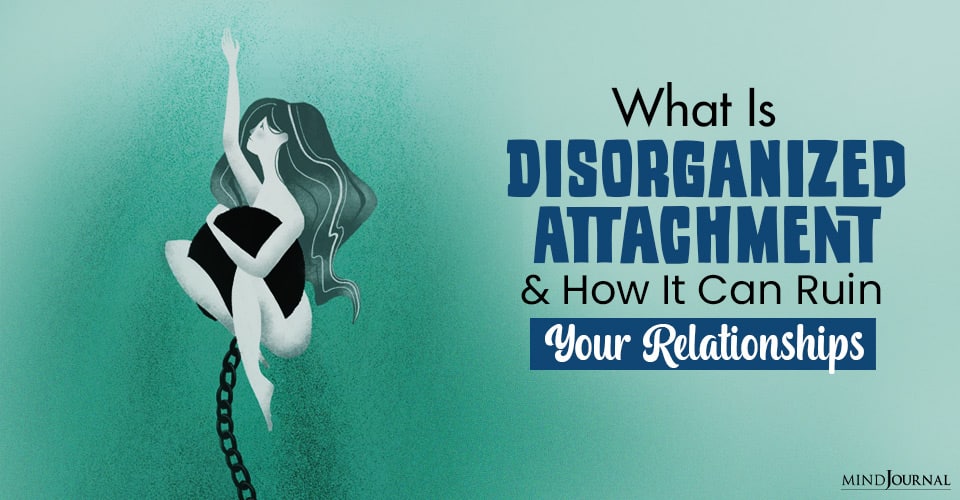
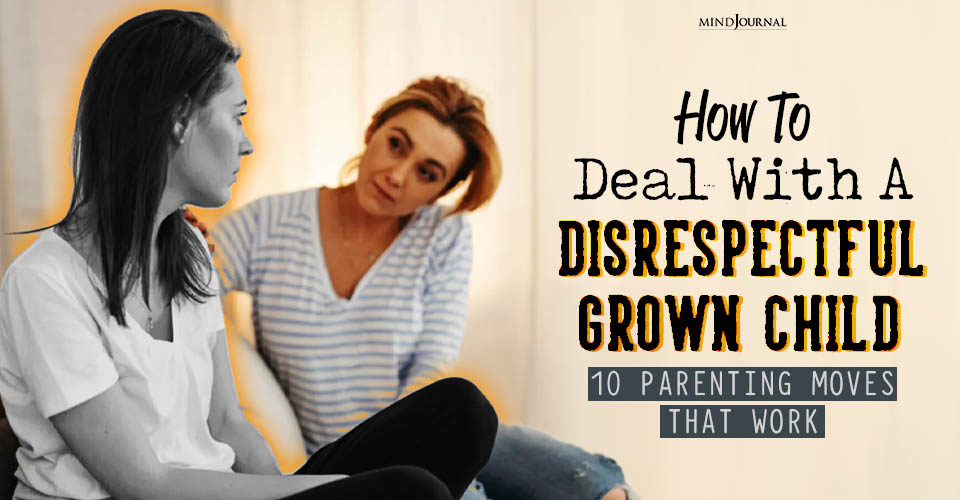

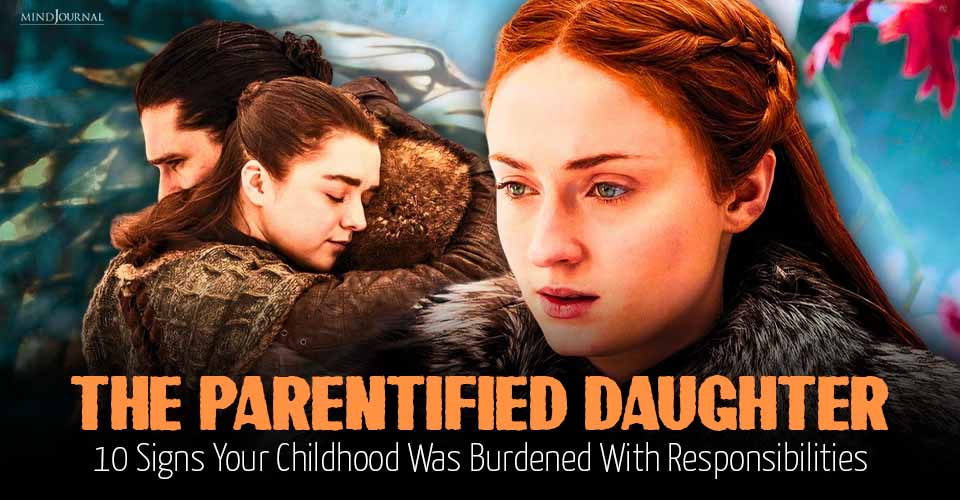


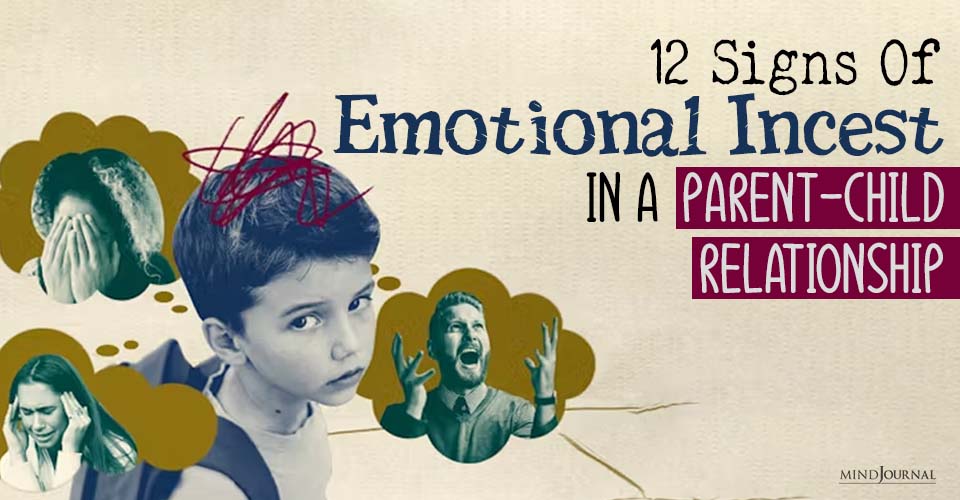
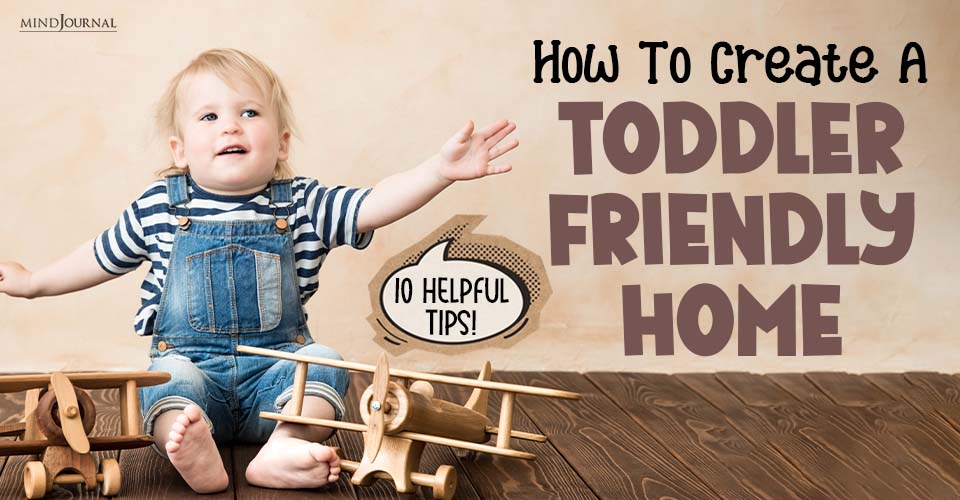
Leave a Reply